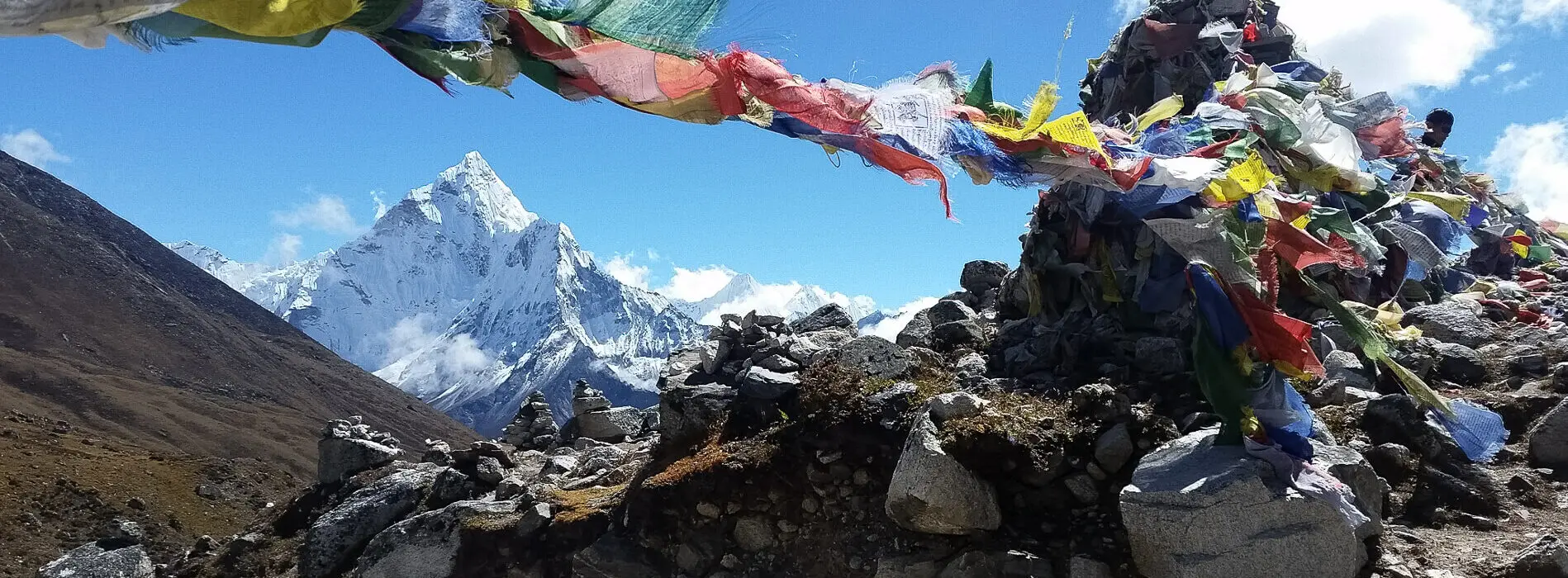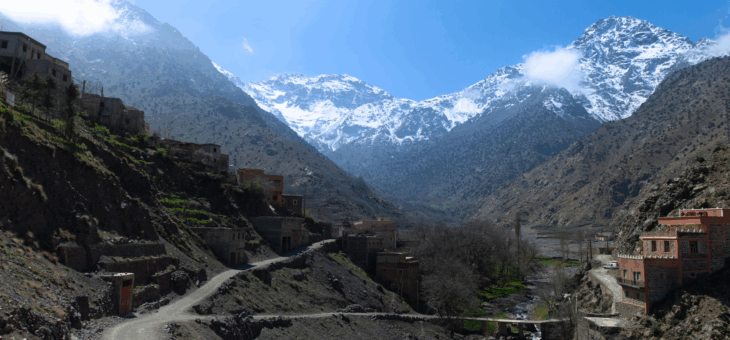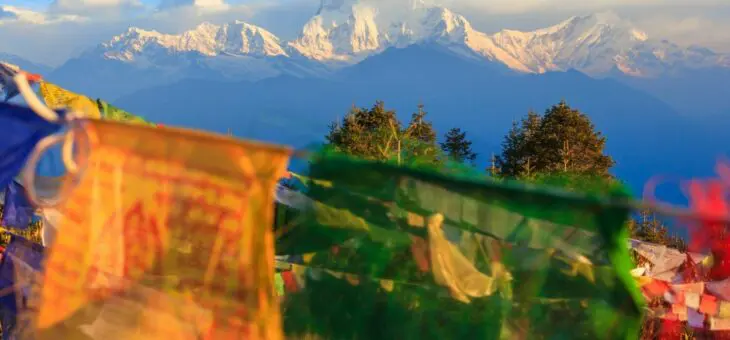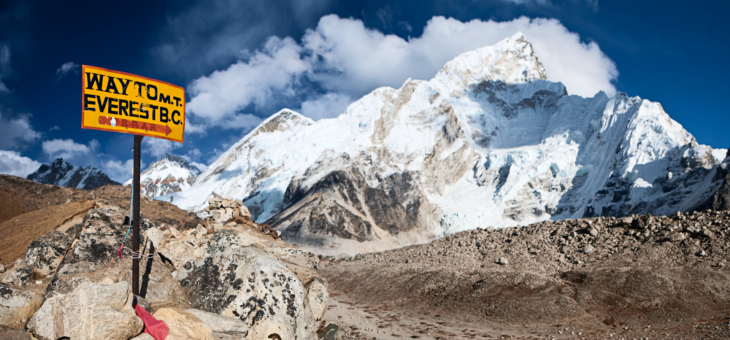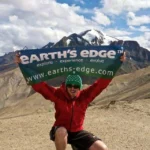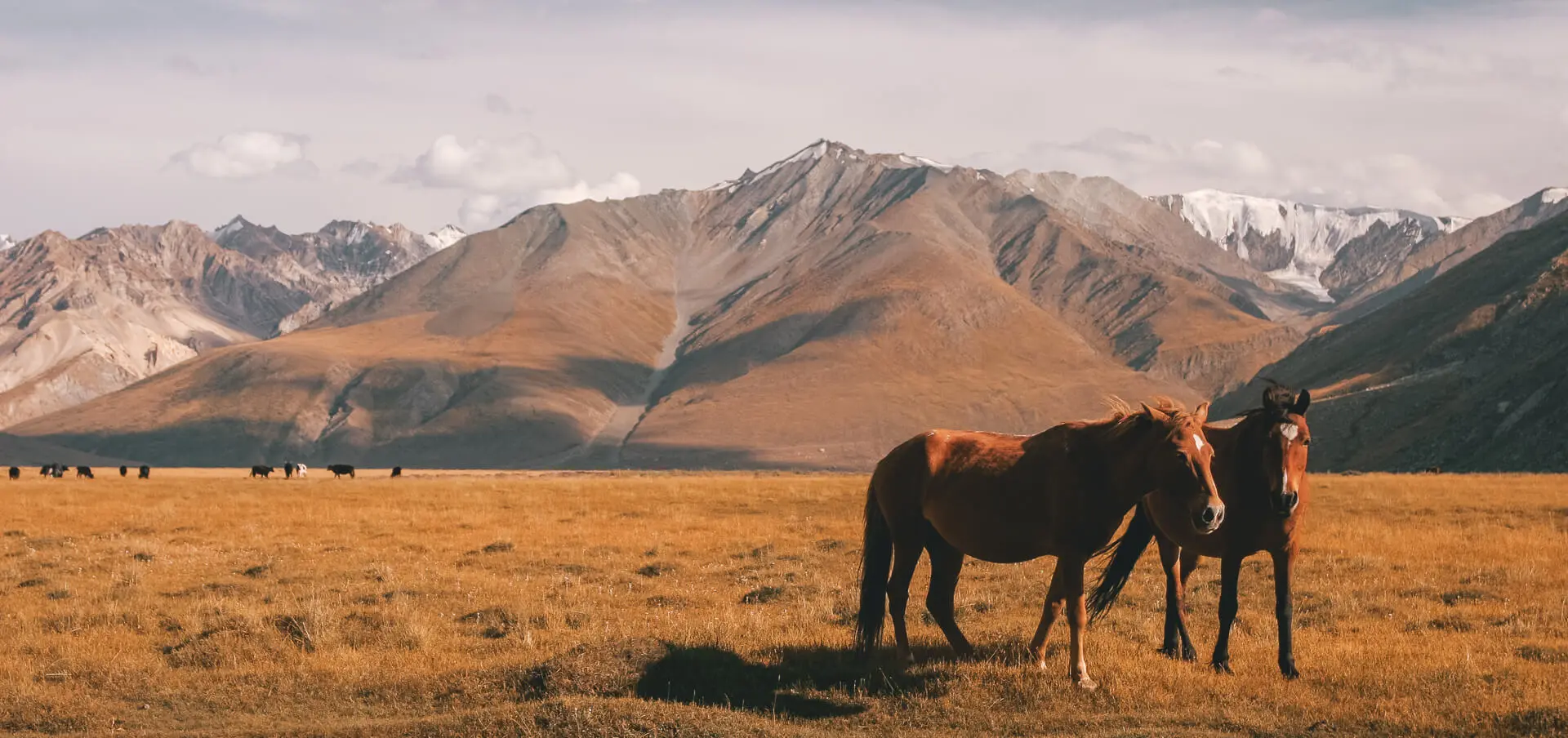Quick Summary
Trekking to Everest Base Camp is a bucket-list adventure that’s challenging but absolutely achievable for anyone with a good base fitness, proper preparation, and a determined mindset. The trek involves long days of hiking at high altitudes (up to 5,364m), varied and sometimes rugged terrain, and unpredictable weather conditions. With Earth’s Edge, you benefit from expert guides, a dedicated expedition doctor, and a comprehensive training weekend to prepare you fully.
In this guide, we’ll break down the difficulty level of the Everest Base Camp trek, the key factors that make it challenging, and how you can prepare to ensure a safe and unforgettable journey.

Is the Everest Base Camp Trek Difficult?
The Everest Base Camp trek is not a technical climb, meaning you won’t need ropes, ice axes, or mountaineering skills. But, it’s physically demanding. You’ll be trekking long hours each day, often at high altitudes where oxygen levels are much lower than at sea level. This means endurance, fitness, and proper acclimatisation are essential.
Unlike some remote expeditions where camping is required, you’ll stay in traditional, cozy tea houses every night along the route. This means you can rest well and recharge each day, which makes the trek more manageable.
What Makes the Everest Base Camp Trek Challenging?
1. The Altitude and Acclimatisation
One of the biggest difficulties of the Everest Base Camp trek is the altitude. The trek begins in Lukla at 2,860m and ascends to Everest Base Camp at 5,364m, with the option to hike to Kala Patthar at 5,555m for one of the best views of Mt Everest herself! As you climb higher, oxygen levels drop significantly, making even simple tasks feel exhausting. Altitude sickness is a real risk, which is why proper acclimatisation is essential.
At Earth’s Edge, we prioritise your health and safety by following a carefully designed itinerary that includes rest days for your body to adjust. We also have a dedicated expedition doctor on every trip to monitor your health and quickly address any altitude-related symptoms. This expert support is a unique advantage that sets us apart.
2. Trekking Duration & Daily Distances
The full trip lasts 18 days, with 13 of those spent trekking. You’ll be hiking between 4-8 hours per day, with some longer days reaching up to 10 hours as you near Everest Base Camp. The terrain varies throughout the trek, from well-trodden paths to rocky and uneven trails that require concentration and good footwork.
A typical day on the EBC trek involves gradual ascents with frequent breaks to catch your breath and soak in the scenery. However, some sections feature steep climbs, such as the ascent to Namche Bazaar (3,440 meters) and the final push to Base Camp. These demanding days test your stamina but also reward you with breathtaking views.
3. Elevation Gains & Steep Climbs
While the trek is gradual overall, some days involve significant elevation gains of 500 to 1,000 meters. The climb to Namche Bazaar (3,440m) and the ascent to Pheriche (4,371m) are the steepest parts, challenging both your cardiovascular endurance and leg strength. At altitude, even moderate slopes can feel tough!
4. Weather Conditions
Himalayan weather is unpredictable, and can change quickly. Depending on the season, daytime temperatures may reach 30°C, but at night, they can drop as low as -10°C or colder. Strong winds, snowfall, and sudden storms are possible, particularly in winter and early spring, so bringing the right gear is essential for comfort and safety!
To help you prepare, we provide every client with a detailed equipment list when you book. Our office team and training weekend staff are always available to answer any questions you may have about packing for Everest Base Camp – from layering systems to essential gear to keep you comfortable and safe throughout the trek.

Can Beginners Trek to Everest Base Camp?
Yes! Most people with reasonable fitness and some hiking experience can complete the trek. You don’t need to be an athlete, but a good base fitness helps make the journey more enjoyable.
With Earth’s Edge, you’re supported by experienced guides, porters to carry your main luggage, and a dedicated, on-trip expedition doctor. We take care of the logistics so you can focus on the experience.
How Fit Do You Need to Be for Everest Base Camp?
You don’t need to be an ultra-marathon runner to trek to Everest Base Camp, but a good base level of fitness makes a big difference. If you can comfortably hike for 5–7 hours a day while carrying a light daypack, you’re in a great position to take on this challenge.
Altitude rather than fitness is often the bigger test, which is why training and acclimatisation are so important. At over 5,000m, your body works harder for every step, so good cardiovascular endurance and strong legs are key. Building fitness gradually over time is the best way to set yourself up for success.
How to Prepare: Fitness and Training
Although no technical mountaineering skills are needed, you should be prepared for long days walking with a light daypack. Here’s what we recommend:
- Regular hillwalking or hiking for 5-7 hours per day on consecutive days (ideally with elevation gain), to mimic the multi-day nature of the trek
- Strength training, especially for legs and core.
- Aerobic workouts like running, cycling or swimming to build stamina and improve cardiovascular endurance. This will help you manage long climbs and reduce fatigue at altitude.
Remember, consistency is key. Even if you’re starting from scratch, a few months of consistent effort will make a big difference. This preparation will help build the necessary endurance, and ease the difficulty of the Everest Base Camp trek. The more you prepare, the more you’ll enjoy the experience.
And remember, training isn’t just about fitness. It helps you test your gear, improve your mental stamina, and arrive with confidence.
Training Weekend: Your Preparation Made Easier
When you book an Everest Base Camp expedition with Earth’s Edge, you’ll also have a training weekend included in your package! Taking place two months before departure, this weekend includes two training hikes with your group, led by an experienced expedition leader.
It’s a fantastic opportunity to receive expert advice on your training plan, gear, and what to expect on the trek itself. Many clients find this weekend boosts their confidence and readiness significantly.
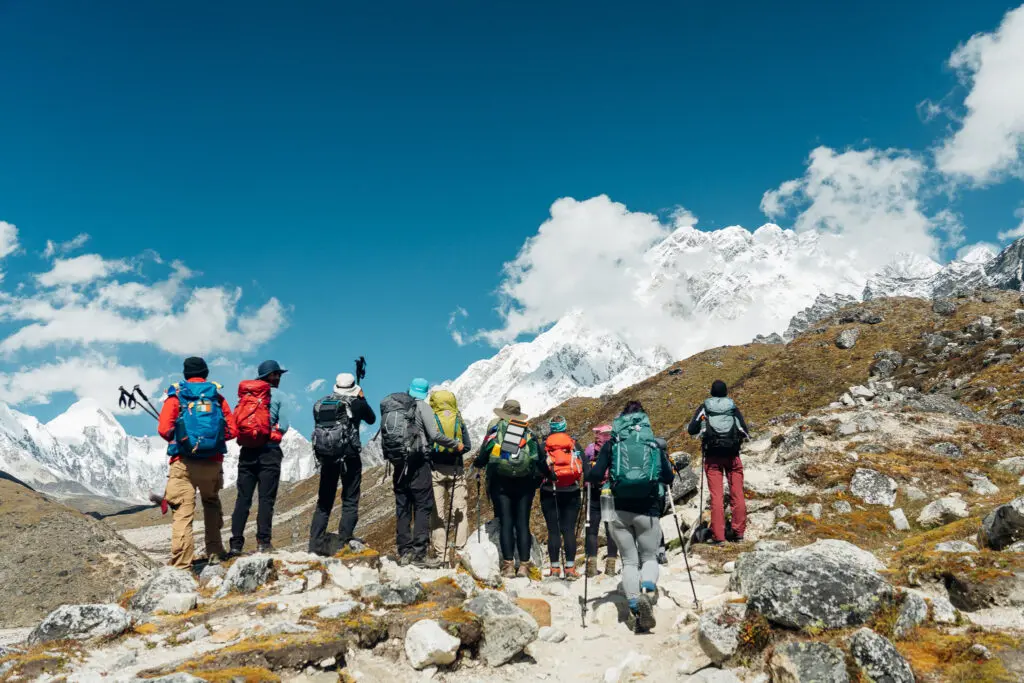
Final Thoughts: Can You Do It?
Absolutely! The Everest Base Camp trek is a demanding but rewarding adventure. With the right preparation, a well-paced itinerary, and expert support, the Everest Base Camp trek is within reach for most fit, determined adventurers. It’s not about speed. It’s about persistence, pacing yourself, and soaking in the awe-inspiring Himalayan landscape.
If you’re ready to challenge yourself, immerse yourself in breathtaking Himalayan landscapes, and stand in the shadow of the world’s highest peak, now is the time to take the first step. Start planning your trek with Earth’s Edge today and join a group that prioritises safety, small group sizes, and unforgettable experiences.
View our upcoming Everest Base Camp departures.
FAQs: Everest Base Camp Trek
1. What is the best time of year to trek to Everest Base Camp?
The best seasons are pre-monsoon (March to May) and post-monsoon (late September to November). These months offer stable weather, clearer skies, and warmer temperatures. We schedule our trips around these windows for optimal conditions.
2. Do I need to be super fit to do Everest Base Camp?
No, but you should be in good health and able to walk for several hours a day for over a week. Most reasonably active people can do it.
3. What’s the hardest part of the EBC trek?
The altitude and the duration are the biggest challenges. While the trail itself isn’t technically difficult, spending nearly two weeks hiking at high altitude can be physically and mentally demanding. That’s why we build in plenty of rest stops and acclimatisation days, keeping a steady pace to give your body the best chance to adjust and succeed.
4. Do I need any special equipment or gear?
We provide a detailed equipment list to help you pack correctly. Key items for EBC include a good sleeping bag, layered clothing for varying temperatures, sturdy hiking boots, and a good daypack. Our team and training weekend staff are always available to answer gear questions.
5. What kind of accommodation can I expect on the EBC trek?
You’ll stay in traditional Himalayan tea houses. These are simple but warm and comfortable lodges with basic amenities. This allows you to rest well each night and recharge for the next day’s trek without camping.
6. How big are the groups?
We keep group sizes small, typically 12–16 people, to ensure personalised attention, safety, and a friendly, supportive atmosphere.
Why Trek With Earth’s Edge?
As an Irish-owned adventure travel company with nearly 20 years of experience, we offer expertly guided treks to Everest Base Camp with the support of our top in-country leaders and an expedition doctor on every trip. You’ll be in safe hands as you trek through the legendary Khumbu region, allowing you to focus on the adventure and create unforgettable memories while standing at the foot of the world’s highest peak.
